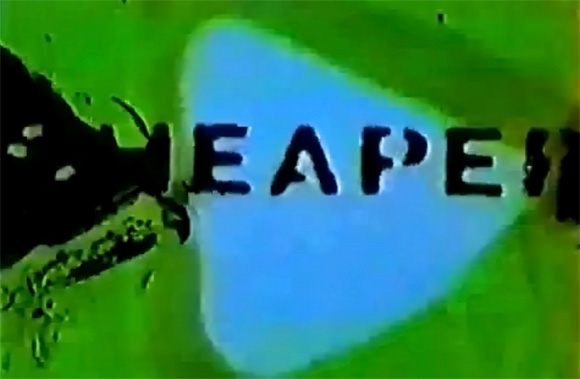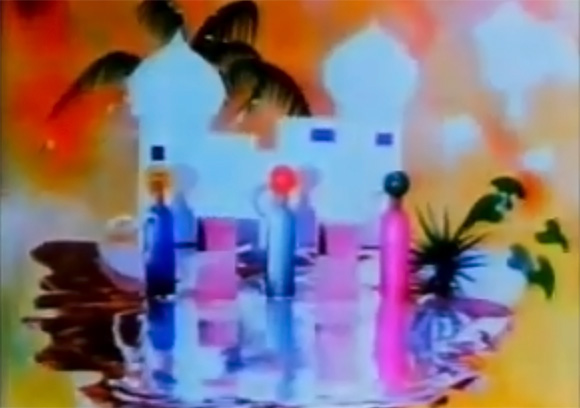Japan made this early war propaganda cartoon featuring an invasion led by an evil Mickey Mouse. Most endearing. Probably still warming the hearts of children everywhere.
This is an absolutely fascinating and rather beautiful 1936 Soviet science fiction film that foretold how a future 1946 moon mission would work. It’s got incredible zero gravity effects, miniature models of a fantastic space ship on a launch ramp, and very cool technical details like filling the cockpit with fluid to buffer the cosmonauts from launch forces. Then there’s a marvelous sequence on the surface of the moon with excellent stop motion animation inter-cut with live actors. Apparently, the Soviet censors banned the film after a short but successful first run because they felt the cosmonauts were having too much fun on the moon. They were right. These characters go hopping and bounding about with so much joy it’s almost an embarrassment. Citizens of the Soviet Union were not supposed to be happy.
Don’t worry about understanding Russian. The film was shot as a silent and is more or less a completely visual experience.
It was directed by Vasili Zhuravlov, but what’s really most interesting about the production history is that Constantin Tsiolkovski, a Soviet scientist and professor, became enthusiastic about putting some of his theories on space travel into a film. He consulted with the filmmakers in an attempt to lend verisimilitude to the moon voyage. Many years later, Werner von Braun credited Tsiolkovski’s calculations as having been correct.
So here is a old Soviet film that went to great lengths to get many of its details right.
Here is an interesting article about the film.


Lye was from New Zealand and worked not only as an experimental filmmaker but also in newsreels and advertising. He was a kinetic sculptor, poet, painter and a writer of essays on artistic theory and philosphy. He made a 1935 short film called ‘A Colour Box’ which was the first generally exhibited film made by painting directly on the film emulsion. It’s a brilliant experimental animation posing as an advertisement for cheaper parcel post. I’m sure the great direct paint filmmaker Stan Brakhage must have been familiar with Lye’s work.
Here’s a gallery site with information and examples of his artwork.
Here’s a wonderful glimpse into the animation techniques that were pioneering at the time of Disney’s first feature-length animation, ‘Snow White and the Seven Dwarfs.’ You get to see some shots of Snow White being drawn and photographed, sound effects being recorded, and people arriving at the premiere. You also get a good dose of the Disney sexism in which all women who work on a film are referred to as ‘pretty girls.’ It’s basically an advertisement for the film, but it’s a good one.